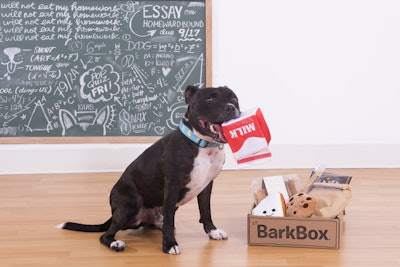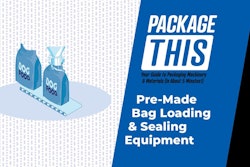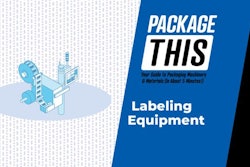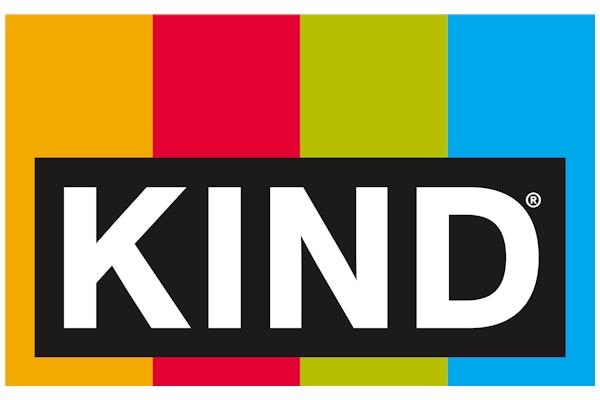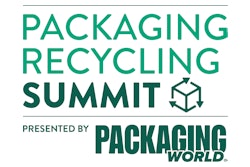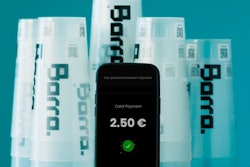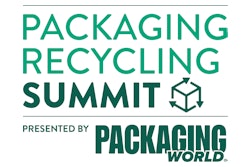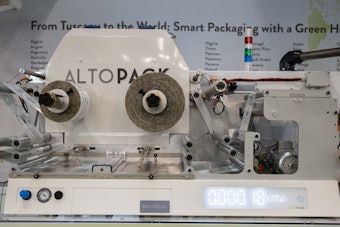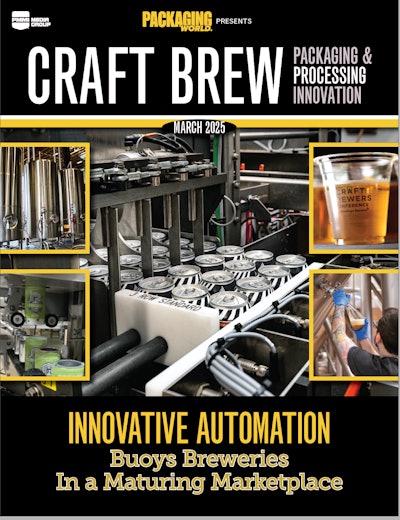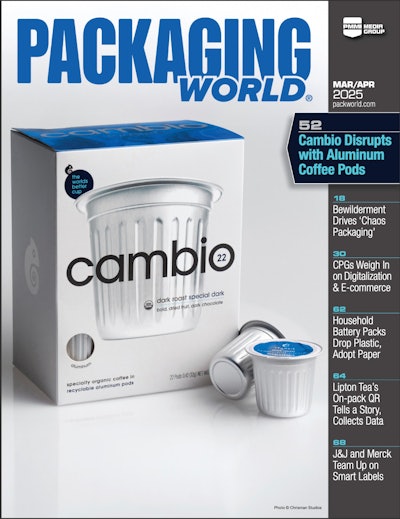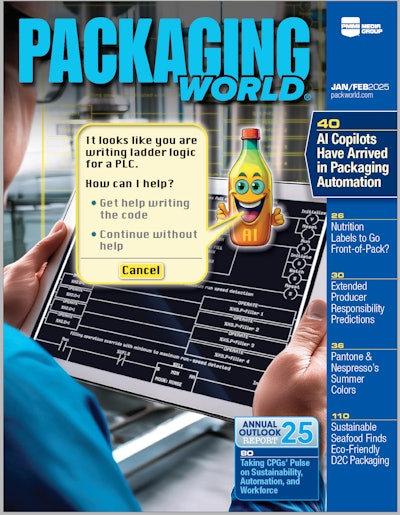An important element of human behavior is the idea of reward. Even with products that are essential to our everyday lives, we want to feel that we’ve somehow “won”; we’ve beat the system, solved a problem, alleviated a stressor, or just accepted that we deserve a treat. As marketers, we have a number of tools at our disposal to capitalize on these feelings, and one (somewhat controversial) method is the purposeful creation of cognitive dissonance.
Cognitive dissonance is defined as the state of having inconsistent cognitions—thoughts, beliefs, or attitudes—especially as relating to behavioral decisions and attitude change. For example, if cognitions agree, there is consonance. But, when cognitions disagree, there is dissonance, and dissonance results in stress. We’ll do everything we can to mitigate dissonance and return to consonance. Think of your last disagreement with your partner; the desire to convert thoughts, beliefs, and attitudes to your way of thinking is powerful. If you can achieve this, you feel relieved, and more importantly ... rewarded.
So, how do marketers use this? A well-published example of cognitive dissonance is a promotion for diamonds. There is a lot of conspiracy surrounding the diamond industry—and they don’t help themselves with their highly dissonant roots in statements like, “a diamond is forever.” This anchoring into “forever” trumps just about every other option, but I digress. In an ad from Helzberg Diamonds, the leading message is “Make her ask, ‘What have you done with my husband?’” When read, dissonance immediately sneaks in, making the reader question whether he is a good husband. This type of stress happens routinely, and we quickly find methods of mitigating the stress and moving on. But, there is a little line of sub copy under the diamond pendant in the ad. It says, “over 500 gifts under $100.”
This is it! The 500 gifts under $100 is the real diamond here; it’s the “point of minimum justification” that is critical to successfully incentivizing a behavior change through cognitive dissonance. The 500 options immediately alleviate any initial worry of breaking the bank to please your partner. The stress is gone and back to consonance. You should know that the purpose of this ad was not to sell the diamond pendant pictured. The purpose was to change your cognitions (beliefs, attitudes, and thoughts) about buying diamonds; to create dissonance, then provide the minimum justified incentive to change your behavior. Spending more than the point of minimum justification trades your effort (or payment) for the dissonance, which typically does not result in a behavior change. But paying at this magic point not only alleviates the dissonance, but it also has the potential to change your beliefs, attitudes, and thoughts around the activity itself.
A more subtle approach
So, why is this a controversial practice? As far as the Helzberg approach, it’s quite bold to blatantly take advantage of our subconscious feelings of inadequacy. But, in other everyday categories, this has been employed in a much more subtle way. Take everybody’s favorite guilty pleasure for example, ice cream.
You’re wandering down the frozen dessert aisle, perusing the vast variety of ice cream offerings. Aside from a few outliers, there are only a dozen or so flavors represented, so how do brands distinguish themselves? One way is the “super premium” promise, and here is where the cognitive dissonance comes into play. Super-premium ice cream is packaged in pints, whereas store brands and more conventional ice creams are packaged in 1.5-quart to half-gallon sizes, and in most cases, those pints only cost 10% to 20% less than the much larger sizes. Common sense says that the larger size is obviously a better value, so cognitive dissonance is created because, regardless of value, you’re still inexplicably drawn to the pint.
Maybe it’s a holdover from more amazing jewelry marketing—the “good things come in small packages” idea. The packaging is key here: Does the pint hold a more premium product? Maybe. But is it enough to truly justify the price point? Probably not. So, to alleviate this dissonance, the consumer has to make a self-justification—they deserve it. They want to live a super-premium life, and the absolute easiest way to achieve that is by splurging on a richer, more satisfying dessert. As a bonus, the smaller package size makes it easier to convince yourself it’s actually the healthier choice. Dissonance averted.
Cognitive dissonance and unboxing
The theory of cognitive dissonance is even a factor in the booming e-commerce side of the industry. With powerhouse sites like Amazon.com and Walmart.com shipping anything and everything, how do smaller companies nail down repeat customers? It’s not only by convincing consumers that they really need their product, but also ensuring they have a pleasurable experience at the moment of unboxing.
One great example of an e-commerce retailer that is killing it in this department is BarkBox. We’ve all gotten comfortable with the idea of subscription boxes; you can get them for clothing, wine, even artisan jerky—anything to appease our human desires. For some people, the idea of paying a subscription fee to have dog toys delivered on a regular schedule is ridiculous. BarkBox solves this problem by allowing current customers to order “gift” boxes for their four-legged friends.
In the classic notion of “First one’s free,” once you open the box, you’re hooked. The interior of each themed box is wrapped with dog-doodled tissue, and included with the selection of treats and toys is a short fold-out marketing piece explaining the theme, or pushing a social media call-to-action (to show off what a great pet-parent you are). The product offerings are either Bark & Co brand or small “artisan” snacks from around the country, giving the consumer the feel-good boost of buying “locally,” even if it’s on a global scale. And to further temper that idea of cognitive dissonance, dogs, surprisingly, seem to really enjoy getting mail. So, I trust the company to curate good-quality products, I avoid the store, and the dog is happy and occupied! Still sound ridiculous? Well, they exceeded $100 million dollars in revenue in 2016, and they sell products sight-unseen each month, so they’ve obviously got something figured out.
The true trick here is riding that fine line between overt manipulation and a subconscious suggestion that your product will enrich the life of the consumer. A “good deal” will sell your product once, but a good feeling will create a long-term customer. How do you find that line, that minimum point of justification? Consumer testing. Specifically, quantitative consumer testing, via biometric eye- and emotion-tracking technology. While traditional qualitative and quantitative testing queries a prospective customer’s self-reported thoughts, emotion- and eye-tracking technologies allow you to see how a customer feels and reacts to your product. For a more in-depth look at emotion tracking and its ability to illuminate consumer feelings about e-commerce packaging, read a case study from Package InSight and Pregis.
Dr. R. Andrew Hurley is Assistant Professor of Packaging Science, Clemson University, and founder of Package InSight and The Packaging School.
